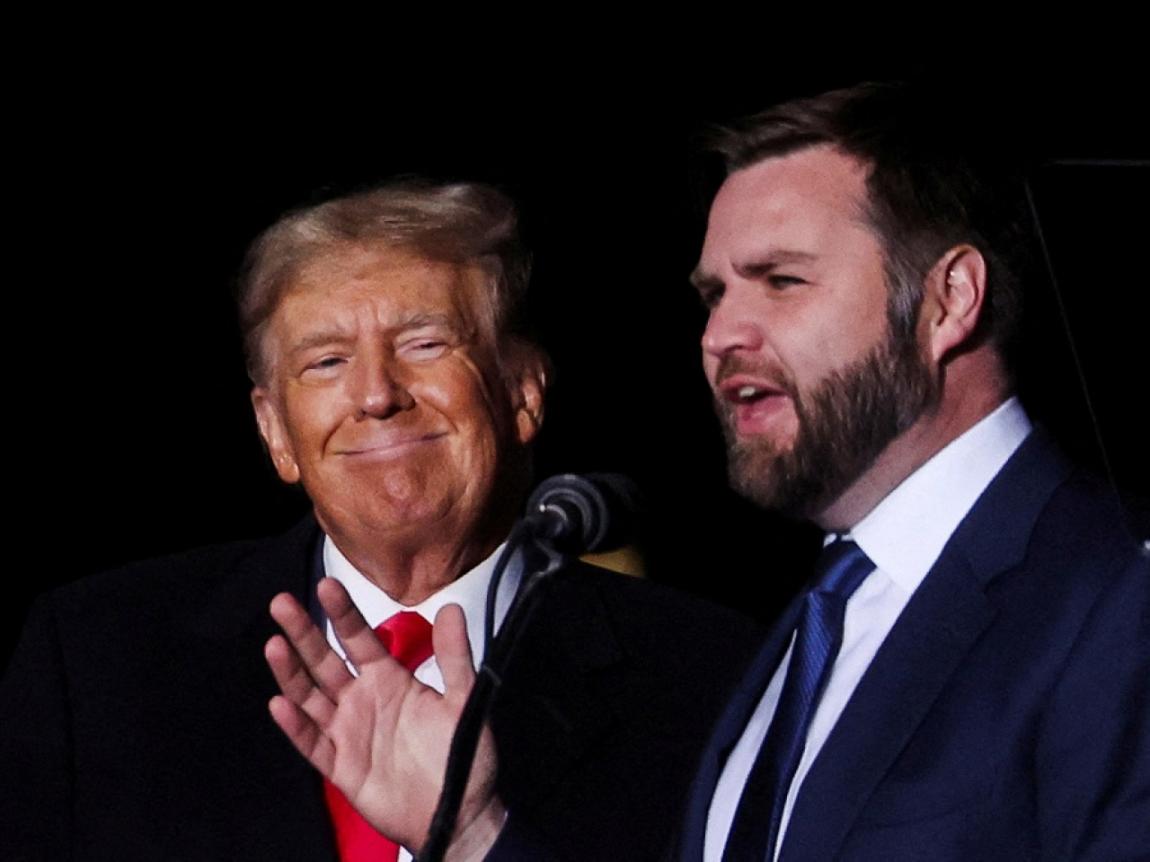
In the increasingly complex global political and economic environment, Trump's decision-making style remains a controversial topic. From the description of this former official, it is evident that Trump's policy-making process differs from that of traditional politicians. His decision-making mode is more like a 'stream of consciousness' - starting from intuition, drawing conclusions first, and then seeking the path to execution. This style may bring unexpected breakthroughs, but it can also lead to unpredictable chaos.
Decision first, negotiate later "- the uniqueness of Trump style decision-making
Traditional political decision-making usually follows a certain logical sequence: investigating facts, analyzing the situation, formulating plans, and then negotiating and implementing them. But Trump's approach is exactly the opposite. He is accustomed to announcing a decision first and then having the entire government machinery adjust around it. His mindset is more like that of a businessman than a politician. In the business world, tough bargaining may lead to more favorable deals, but in international politics and economic policies, this style can trigger a chain reaction.
Taking tariff policies as an example, Trump's repeated imposition, cancellation, and restoration of tariffs on Canada and Mexico have led to ongoing uncertainty for North American free trade partners. This unpredictable decision-making makes it difficult for businesses to operate stably, as they are unable to predict the next policy direction. This not only affects the stock market, but also directly impacts the manufacturing industry and supply chain management. Long term uncertainty will force companies to adopt conservative strategies, such as reducing investment, layoffs, or adjusting production lines, thereby affecting overall economic growth.
Efficiency Reform: Business Logic vs. Government Governance
Trump's attempts to cut federal government agencies also demonstrate his "destructive" governance style. He invited business elites such as Elon Musk to reform the federal bureaucracy, hoping to use the efficiency principles of the business world to transform the government. But the problem is that the government is not an ordinary enterprise, and its responsibilities far exceed cost control and profit targets. Without clear plans and evaluation mechanisms, simply cutting budgets or layoffs may lead to disruptions in government functions, resulting in reduced administrative efficiency rather than improvement.
Government reform needs to be gradual and not a one size fits all approach. Trump's lack of detailed planning during the early stages of reform led the Democratic Party to seize the opportunity to attack his policies, ultimately forcing him to adjust his strategy and attempt to cut in a more "systematic" way. This process precisely reflects his governance style - breaking conventions in a radical way first, and then gradually adjusting after being rebounded, but this adjustment often brings unnecessary economic and political costs.
Ukrainian Crisis: Creating Pressure or Exacerbating Turmoil?
In international affairs, Trump's strategy is still full of drama. His "maximum pressure" strategy is reflected in the Ukraine issue, by creating a crisis to force the Zelensky government to compromise. However, the risk of this strategy is that if the opponent does not act according to Trump's script, the crisis may escalate further and even lead to the situation getting out of control. On the issue of Ukraine, his shortsightedness was exposed. He hopes to reach an agreement quickly, rather than establishing long-term stable international relations. This strategy may gain political capital in the short term, but if the United States cannot provide clear commitments and a stable diplomatic strategy, its allies will increasingly be inclined to seek other options.
Economic fragility: uncertainty will become the biggest risk
Trump's primary economic goal is to 'make America great again,' but if his policies lead to economic turbulence, this goal may quickly become a pipe dream. From the current situation, the biggest concern for businesses and investors is uncertainty. Whether it is trade policy, tax reform, or government efficiency reform, Trump's decisions often lack clear long-term planning. This forces companies to adopt a 'worst-case scenario' to cope with future uncertainty, including reducing investment, raising product prices, and even layoffs, which are precursors to economic recession. If Trump continues to maintain this spontaneous decision-making style in future policies, market confidence may be further undermined. Once the economy declines, the "strong economy" that he relies on as the core selling point of governance will no longer exist, and voters may reassess his leadership ability.
Summary: Balancing the pros and cons of breaking conventions
Trump's decision-making style may bring breakthrough results in certain situations, such as pushing the negotiation process through extreme pressure or improving administrative efficiency through de bureaucratization. However, the drawbacks of this style are equally evident: the lack of systematic planning, increased uncertainty, and the arbitrariness of policy implementation may lead to chain problems. In the future, the economic and political stability of the United States will largely depend on whether Trump can find a balance between "destruction" and "reconstruction". If he continues to rely on personal intuition and lacks systematic policy design, the United States may face greater economic risks and international uncertainty.

Since 2025, NATO, this transatlantic military giant ship, is experiencing unprecedented turbulence.
Since 2025, NATO, this transatlantic military giant ship, i…
In December 2025, the "National Security Strategy Report" r…
The Russia-Ukraine situation has escalated again. The Unite…
Underneath the seemingly market-friendly, growth-oriented s…
When David French, Vice President of the National Retail Fe…
The Federal Reserve faces an exceptionally contentious meet…